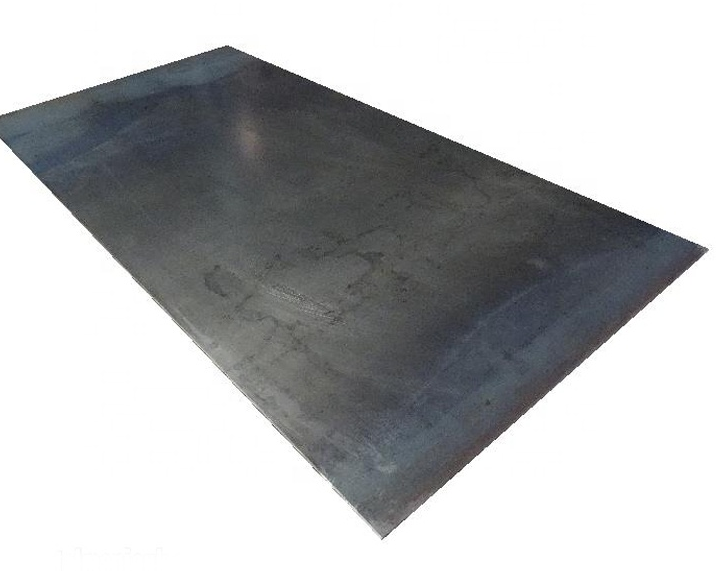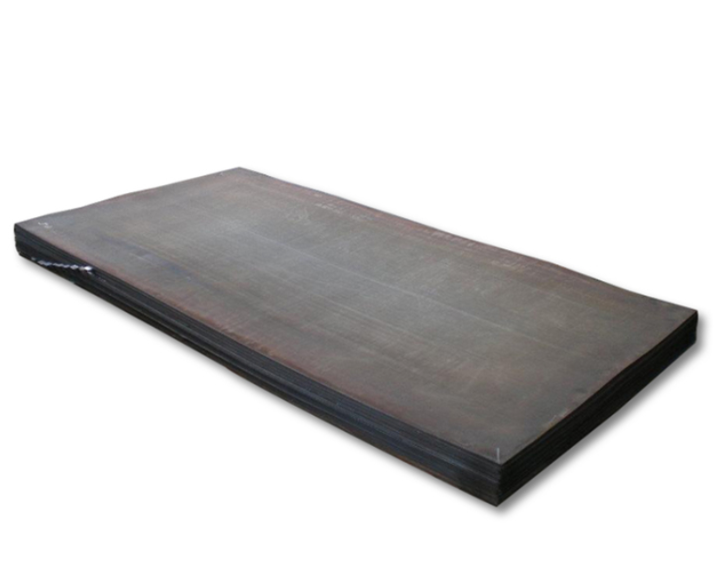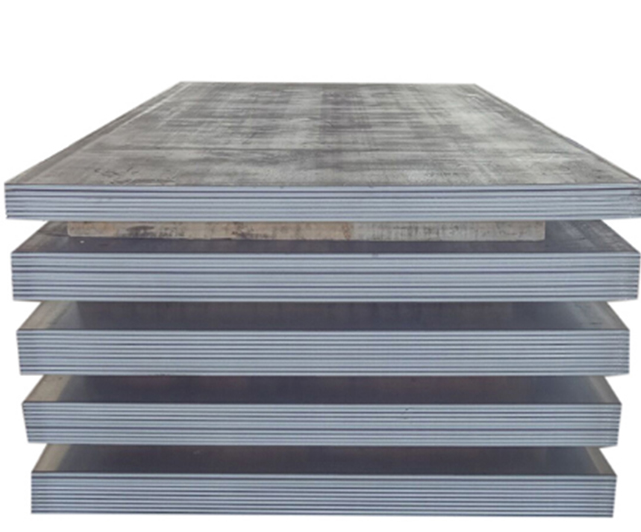I. define
Steel plate is a flat steel made by pouring molten steel, cooling it, and pressing it. It can present a rectangle, usually formed by direct rolling or cutting from a wide steel strip
CREDIT

II. Classification
1、Steel plates are classified by thickness: with thin steel plates<4 mm (thinnest 0.2 mm), medium thick steel plates 4-60 mm, and extra thick steel plates 60-115 mm
2、Steel plates can be divided into hot rolling and cold rolling according to the rolling method.
Hot rolled steel plates are produced through high-temperature rolling, with a rough surface but high strength;
Cold rolled steel plates undergo cold processing, resulting in a smooth surface and higher precision
3、Thin plates are classified by steel type, including ordinary steel, high-quality steel, alloy steel, stainless steel, etc;
3、According to professional purposes, there are oil barrel boards, enamel boards, bulletproof boards, etc;
4、According to the surface coating, there are galvanized sheet, tin plated sheet, lead plated sheet, plastic composite steel plate, etc.
Not all steel plates are the same, their materials are different, and the places where they are used are also different.

III. purpose of steel plates
Steel plate is one of the main materials in the construction industry. In buildingstructures, steel plates are commonly used in the manufacturing of components such as beams, columns, bridges, and steel roof structures. Due to its high strength, stiffness, and weather resistance, steel plates are widely used in high-rise buildings, large-span structures, and bridges, as they can withstand various forms of loads
Manufacturing industry: Steel plates have a wide range of applications in the manufacturing industry. For example, car manufacturers use steel plates to manufacture car bodies and components, such as doors, hood, and chassis. Other industries in the manufacturing industry, such as mechanical manufacturing, electronic manufacturing, and home appliance manufacturing, also use steel plates to manufacture structural components and casings of products.

